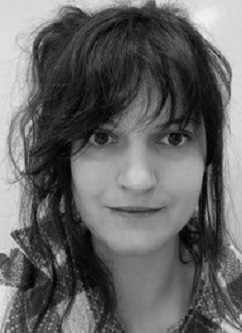Short bio
PhD, LPTMC (Laboratoire de Physique Théorique de la Matière Condensée), Sorbonne University, Paris
Research project
Bayesian induction of the behavior of the larva.
Short abstract
Making decisions is a fundamental feature of animal behavior. Nevertheless, there remains a large knowledge gap in linking neural architecture and behavioral response. To bridge this gap, targeting individual neurons and having a simple read-out of their activity is crucial, and Drosophila larvae are ideal organisms for such an approach. My work is part of a larger project to explore the relationship between neural network dynamics and decision making in Drosophila larvae. I use Bayesian induction techniques and physical modeling to understand this relationship.
By combining video measurement experiments of larval behavior with advances in modern optogenetics that allow the activation/inactivation of individual neurons, a database of millions of larvae responding to the activation of single neurons has been constructed. Although a machine learning approach that projects larval videos into complex behavioral dictionaries has been developed, some images remain ambiguous and the corresponding behavior is therefore poorly detected. To improve behavior detection we describe the shape of the larva using insights from solids mechanics. Using this physical model, we perform a Bayesian induction to find parameters that describe the behavior of the larvae in a more robust way.
Once the behaviors are properly detected and quantified, we want to detect all possible responses and modulations induced by the activation or inactivation of a neuron. We have written a simplified model that describes the dynamics and sequences of behaviors. With Bayesian inference I learn the parameters of my model and with a generative model and theses parameters I can recreate virtual larvae. These virtual larvae made it possible to separate neural responses between those provoking simple and immediate actions from those generating complex behaviors. It is thus possible to group neurons in terms of response.
By combining the techniques of biologists with probabilistic analysis techniques (including Bayesian inference), we can identify behavioral changes due to the activation/inactivation of neurons and thus will allow us to infer causal relationships between neural activity and behavioral patterns, and uncover how behavior emerges from activity in the connectome.

